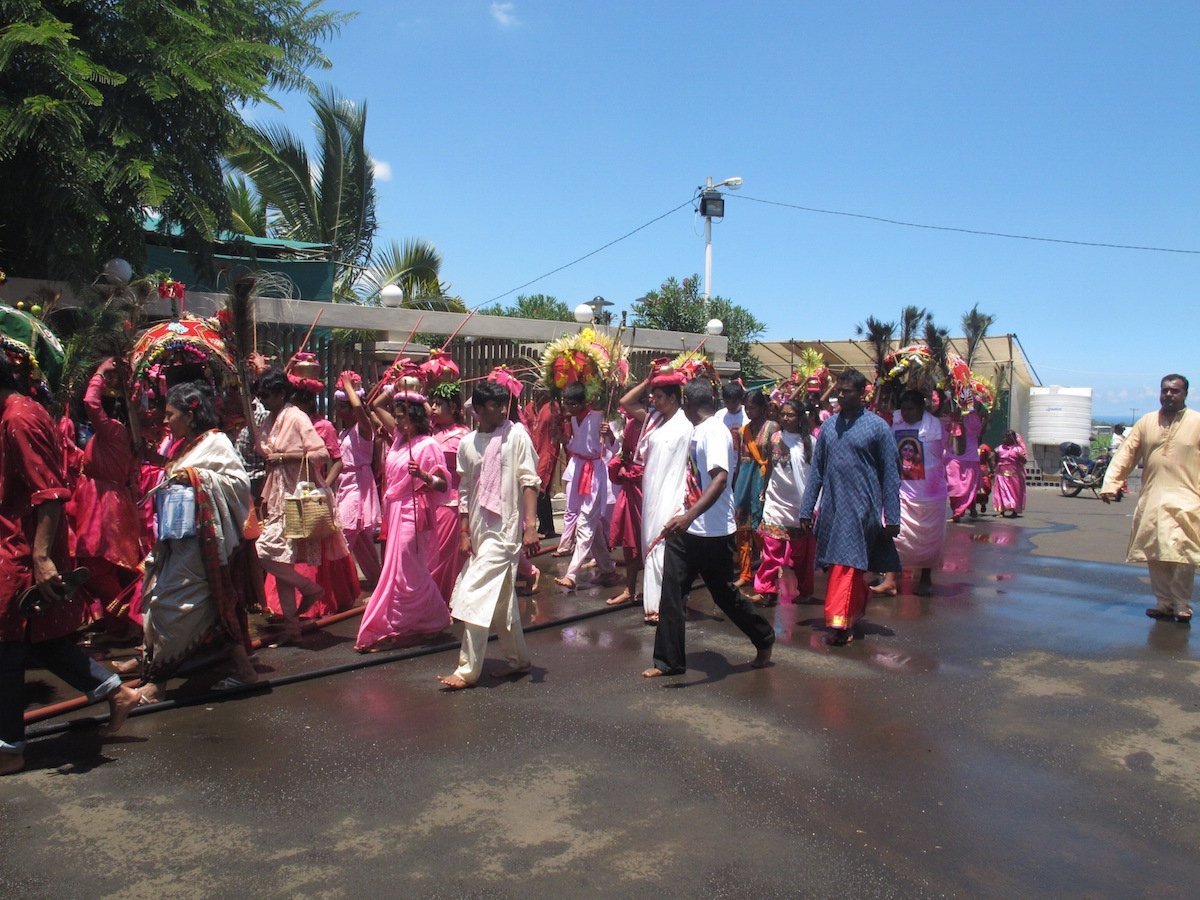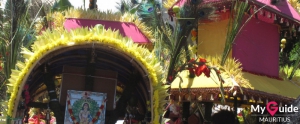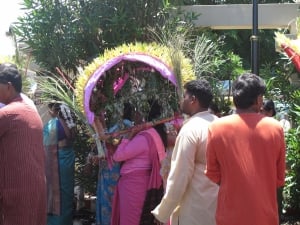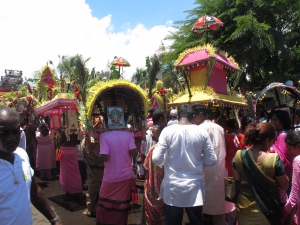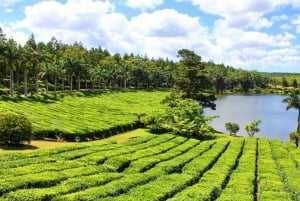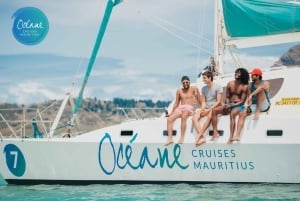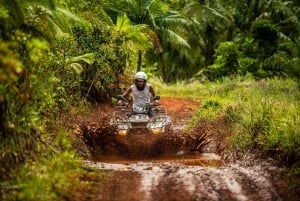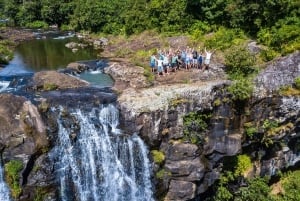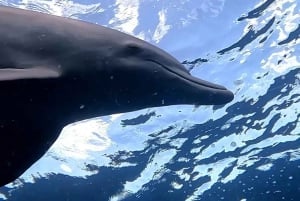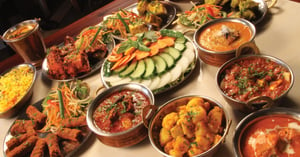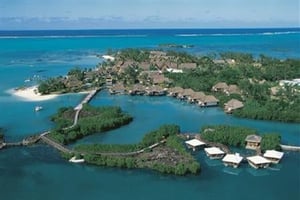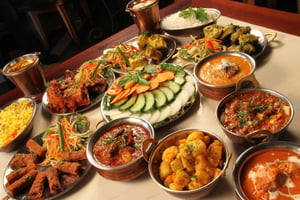Thaipoosam Cavadee
Book Top Experiences and Tours in Mauritius:
If youʻre booking your trip to Mauritius last minute, we have you covered. Below are some of the top tours and experiences!- Black River: Dolphin Swim and Whale Watching by Speedboat
- Mauritius: Tea and Sugar Plantation Guided Tour with Lunch
- Ile aux Benitiers: Shared Full-Day Catamaran Cruise & Lunch
- Port Louis: Mont Choisy, Botanical Garden, and Church Tour
- Mauritius: Bel Ombre Nature Reserve Quad Bike Tour
It is one of the most impressive festivals in Mauritius in terms of fervor, devotion and visually with all the wonderful and vibrant colours. Devotees believe that all those who will carry the Cavadee to the temple on the day of the festival will have their wishes granted. Others do so to thank Lord Muruga for His Goodness, a good opportunity to thank him for the granted favours as well as to have the benefit of being closer to Him, to His wisdom and kindness.
Ten days prior to the festival, a flag hoisting ceremony (kodi etram) is held in the Kovil (Tamil term for a distinct style of temple with Dravidian architecture). The kodi (flag wearing the drawings of the “vel”: the spear and a peacock) is hoisted up at the entrance of the kovil, thus indicating the beginning of the fasting.
These ten days are a purifying period of fasting, abstinence and prayers with devotees gathering in the kovil to offer worship each day.
On the night preceding the day of the festival, devotees prepare their ‘Cavadees’ which they will carry, on the day of the celebration. The Cavadee is constructed with arched bamboo structures supported by wooden rods and richly decorated with green leaves, banana tree bark, coconut tree leaves, colorful flowers, lime and peacock feathers.
They usually vary in shape and form according to the devotees' imagination and dexterity. Some may take the shape of a peacock, others that of a temple but the commonest one is the arch with the shape of a spear sticking out in the middle.
On the day of the festival which is the tenth day of fasting, the devotees wake up very early to go to the kovil, where prayers are said. Still at dawn, they then go the river for the rites of purification. After the ablution rituals (a ceremonial act of washing parts of the body) in the river, the devotees dress in fuchsia or saffron-colour cloth worn in the traditional manner.
Sacred ash is smeared on the male devotees’ forehead, shoulders, joints of arms, wrists, and chest. As an ultimate means of sacrifice, most of the devotees pierce their tongues and/or cheeks through holy rituals by needles known as vels. All the needles, big or small, are sharp and pointed at one end, with the other end shaped like a spear. They stand for the vel (spear) that Lord Muruga always carries with him.
The men devotees can also have their chest, back, abdomen and legs pierced. Those who choose not to have their body pierced, tie a scarf around their mouth as a vow of silence, meditation and devotion. Before setting off for the ceremonial procession to the kovil, milk is poured out in two small brass pots called ‘sombus’ that are covered with a piece of cloth, before being tied up to the cavadee. Women and children usually carry only the brass pots of sacred milk instead of cavadees. Each devotee carrying the brass pots holds in one hand a rattan stick which stands for Muruga's mace.
When the piercing ceremony has been completed, the procession starts to go back to the kovils, a chariot carrying the statuette of Deity Muruga leads the procession, and move to the rhythm of religious songs coming from loud speakers installed on a vehicle.
The devotees carrying their cavadees or brass pots of sacred milk, follow the procession with the officiating priest in prayers and mantra-chanting. A few choose to walk all the way to the temple on wooden sandals studded with nails.
Young girls and boys usually play Kolaattam. The Kolaattam is played with two sticks at the rhythm of divine songs. Kolaattam groups may either lead the procession or follow at the end. Each region has a procession of about forty to a hundred Cavadees. In bigger places like Port-Louis there may be six to eight hundred.
The procession is long and slow. It is to be noted that Cavadee is a festival which is celebrated each year in January or February which are the peak months of summer in Mauritius, therefore there is usually a scorching sun on that day. Nonetheless, the devotees walk bare feet. Arrangements are made with local municipalities or district councils to have the routes doused with water from water-lorries.


